Hereford’s almost eleven years old and has been a member of our herd for over nine years. She’s gentle, the epitome of motherhood and always has a more than ample supply of milk. So, when Bill checked on the pair three days after the birth and found Frosty looking thin and bawling like she was hungry, he was concerned. He brought the pair to the pasture near the house and fixed a bottle of milk replacer for Frosty. Once he got her trapped between his legs and forced the nipple into her mouth, she gulped it right down. Within a couple of days all we had to do was go in the pasture, call her name and she would come running! OK, maybe she didn’t really know her name, but she knew our voices and those were her breakfast and dinner bells! After she drained the bottle, she went back to her mama and tried to suck out a little dessert.
Despite not having much milk, Hereford was still an exemplary mama. Motherhood was her life’s calling and she took it seriously. She closely supervised the bottle-feedings, like when my sister, Lila, visited and helped feed Frosty. Hereford crowded right in and nuzzled Frosty while she ate.
In November, after most of the calving was complete, we worked the cows and calves and transported them to the ranch for the winter. Bill decided the time had come to start culling the herd. The operation now totaled over 70 pairs. We’d lost a couple of older cows to anaplasmosis.
Anaplasmosis 101 - An infectious disease of cattle that causes destruction of red blood cells. The disease is caused by a minute parasite, Anaplasma marginale, found in the red blood cells of infected cattle. Older cows are more susceptible.
A couple of neighbors and other cattlemen Bill talked to also lost cows to this disease last fall.
I knew the dreaded moment was coming. Not only were we losing Hereford, but our other favorite cow, Sweet Pea, a Charolais mix, failed to calve this year because she didn’t get bred. Both cows were not only favorites, but legends in our operation. They were gentle, would eat range cubes out of our hands and raised great calves. Over the years, Bill kept several of Hereford’s calves as replacement heifers due to the favorable genetics.
Two years ago, Sweet Pea, the local vet and I shared what started out as a horrible incident that eventually had a happy ending. As I blogged in the opening paragraph of the post, “Trooper, the Holstein Adoptee – Part 1,” dated October 14, 2013, that whole calving saga was probably worthy of mini-series production on the RFD Channel! Sweet Pea didn’t join the bovine cast of characters until Part 2.
Frosty joined Olpe and Miracle in the Romper Room. Bill soon learned that trying to feed three calves from three bottles when you only have two hands, and the calves are clamoring around you, was total chaos! He introduced the two bigger calves, Olpe and Frosty, to the nipple buckets that could be hung on the pen panel rungs. Then he opened the gate and Miracle trotted out to be fed from the bottle. Sometimes she didn’t drink all her milk and Bill offered it to the other two calves. More chaos ensued as they shoved and butted each other away from the nipple!
Here are current photos: one of Miracle and one of the three calves together.

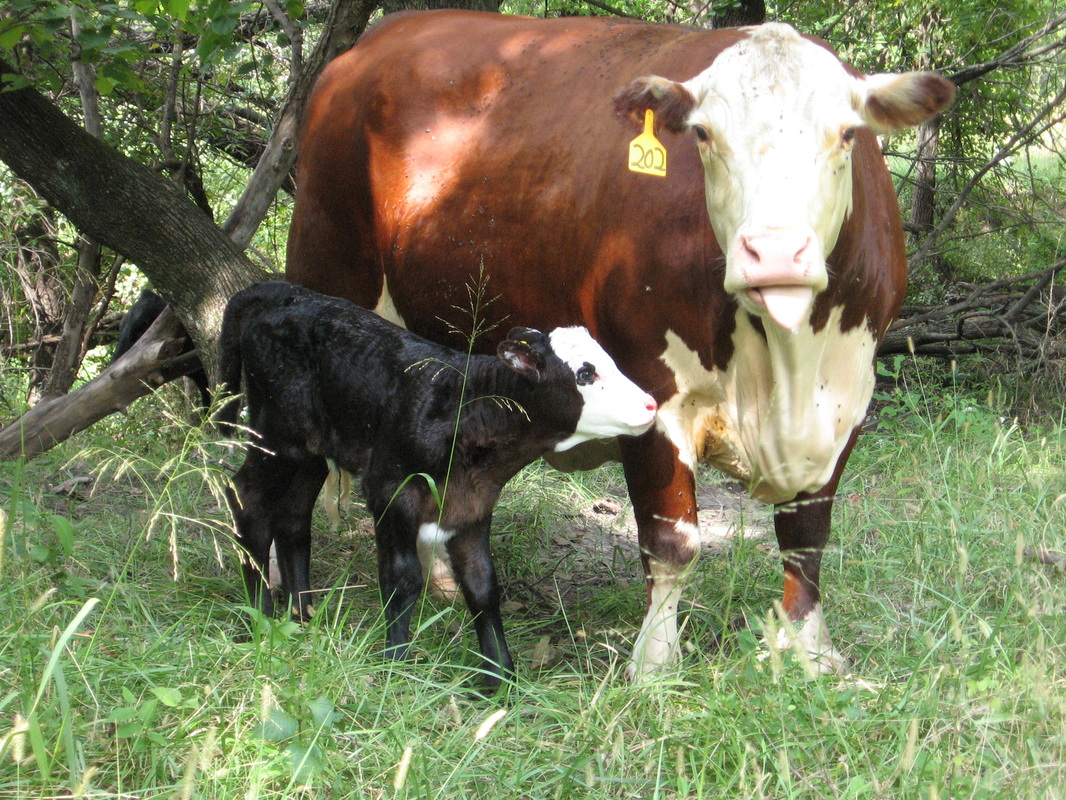
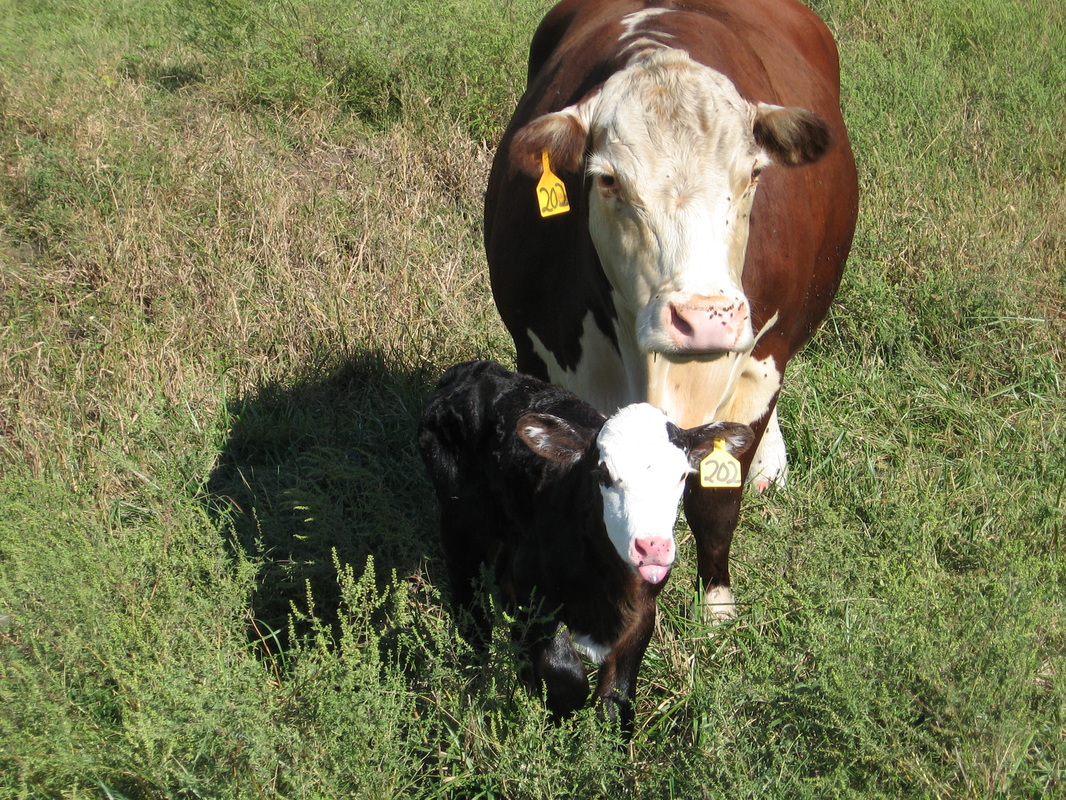
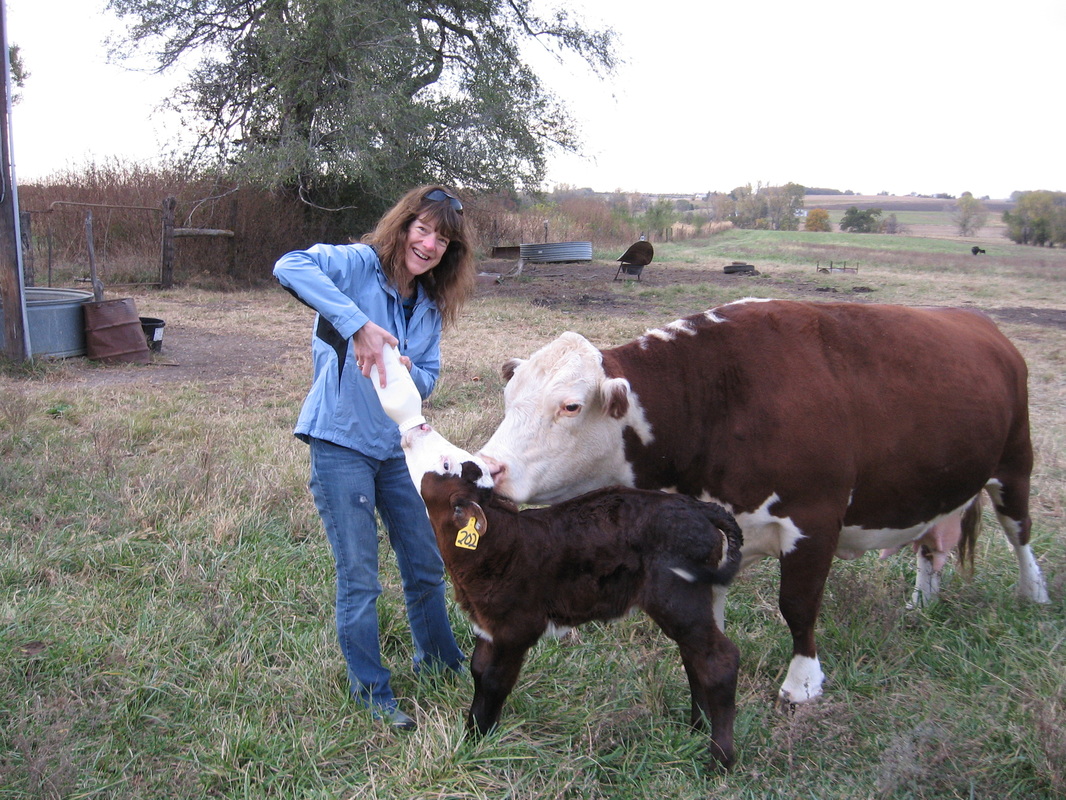
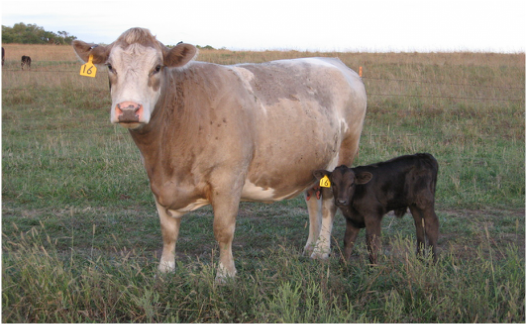
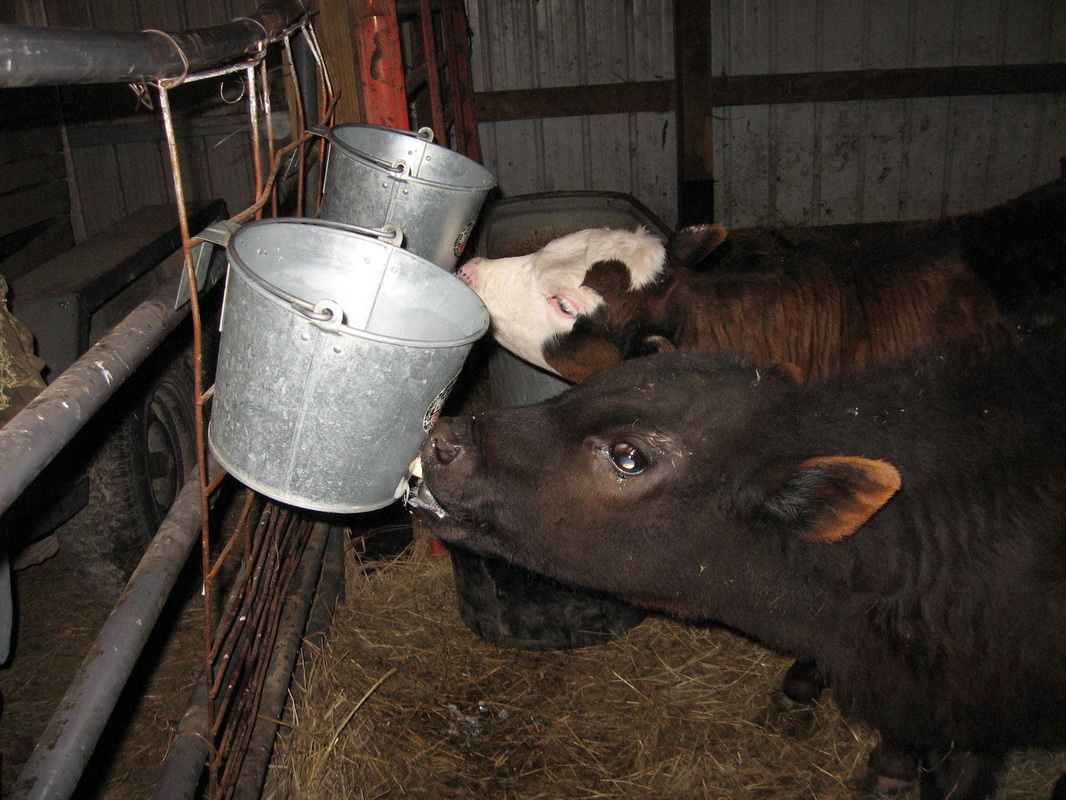
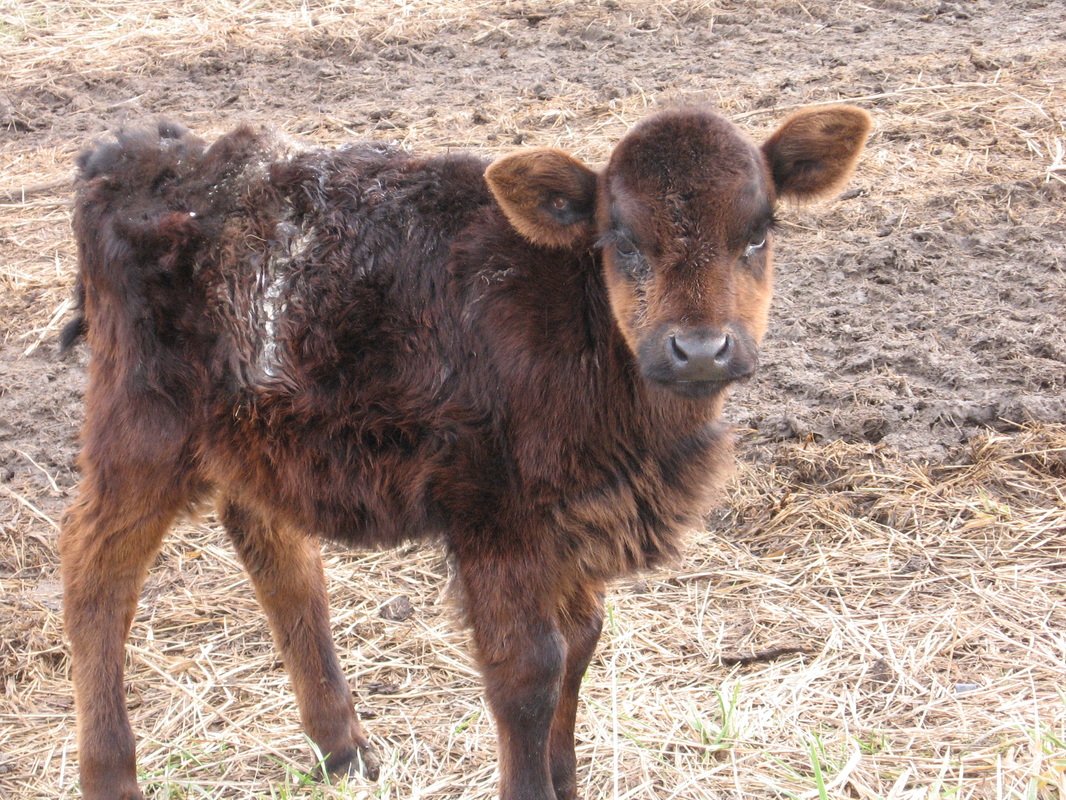
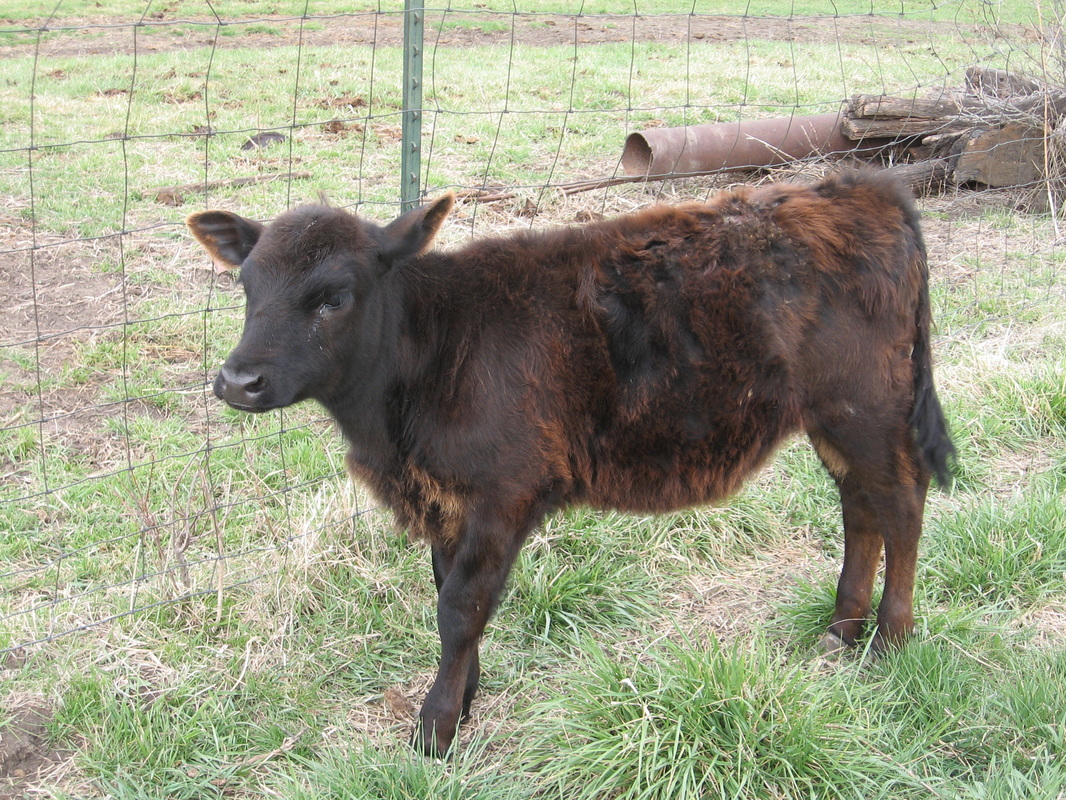
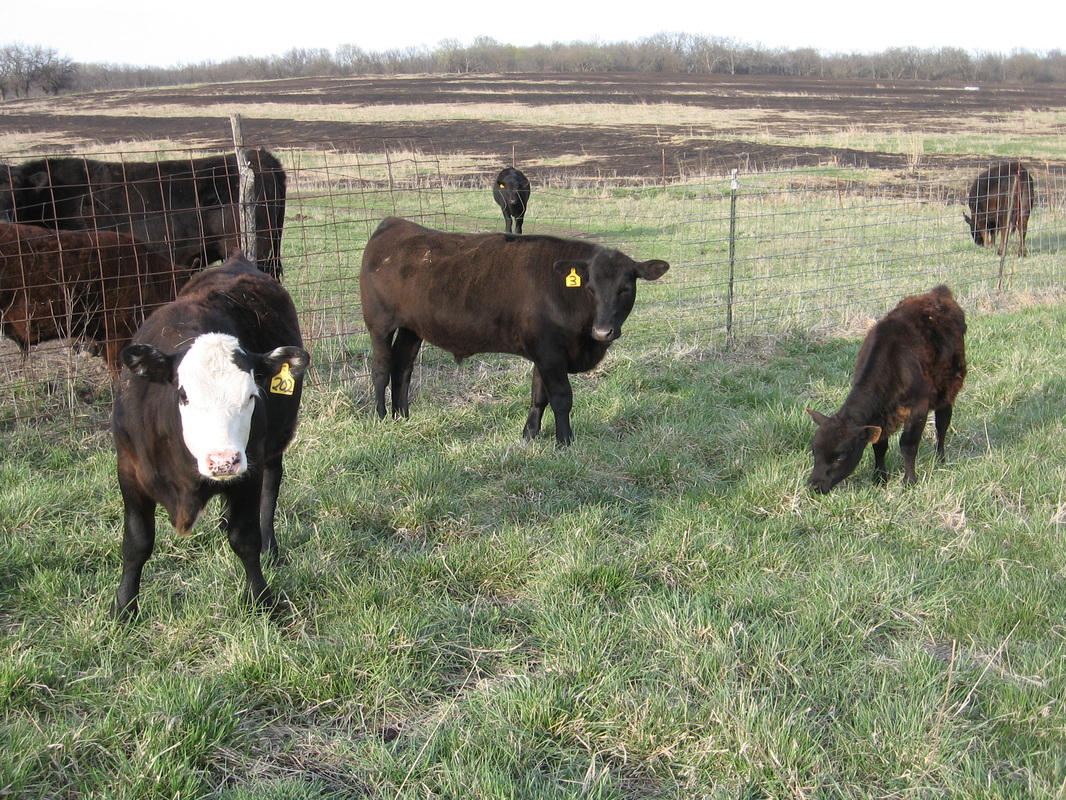

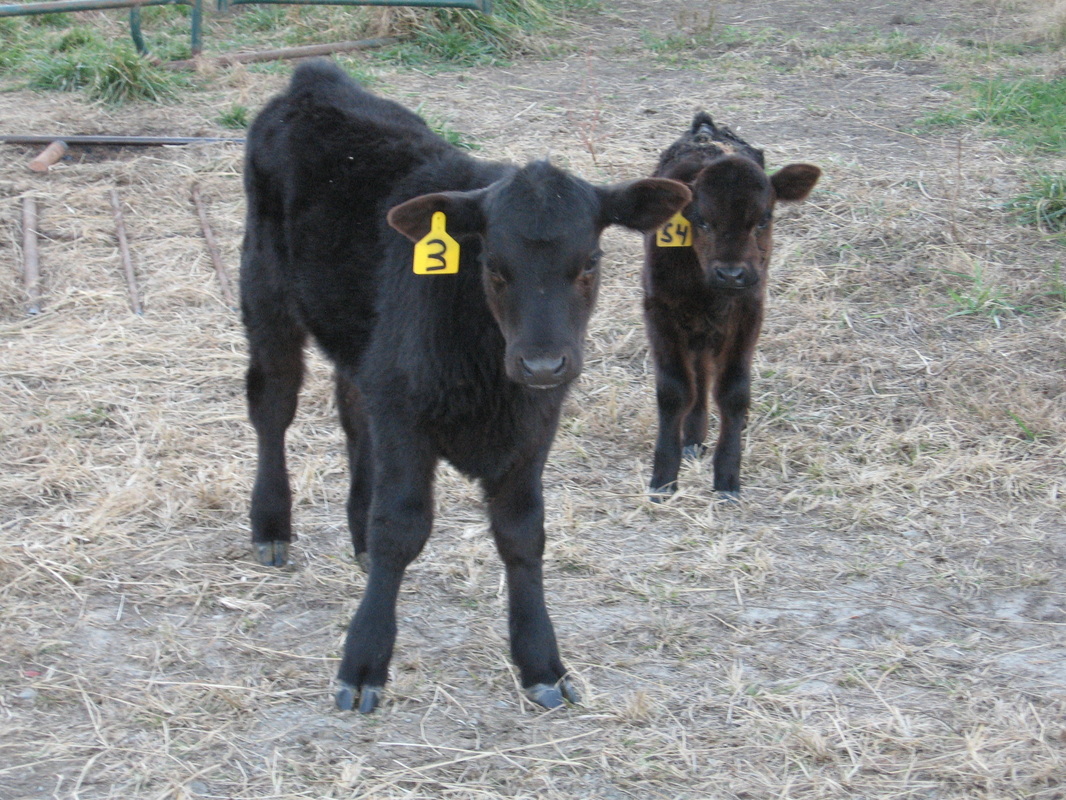

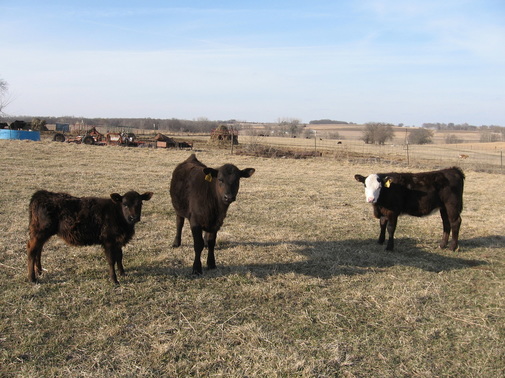

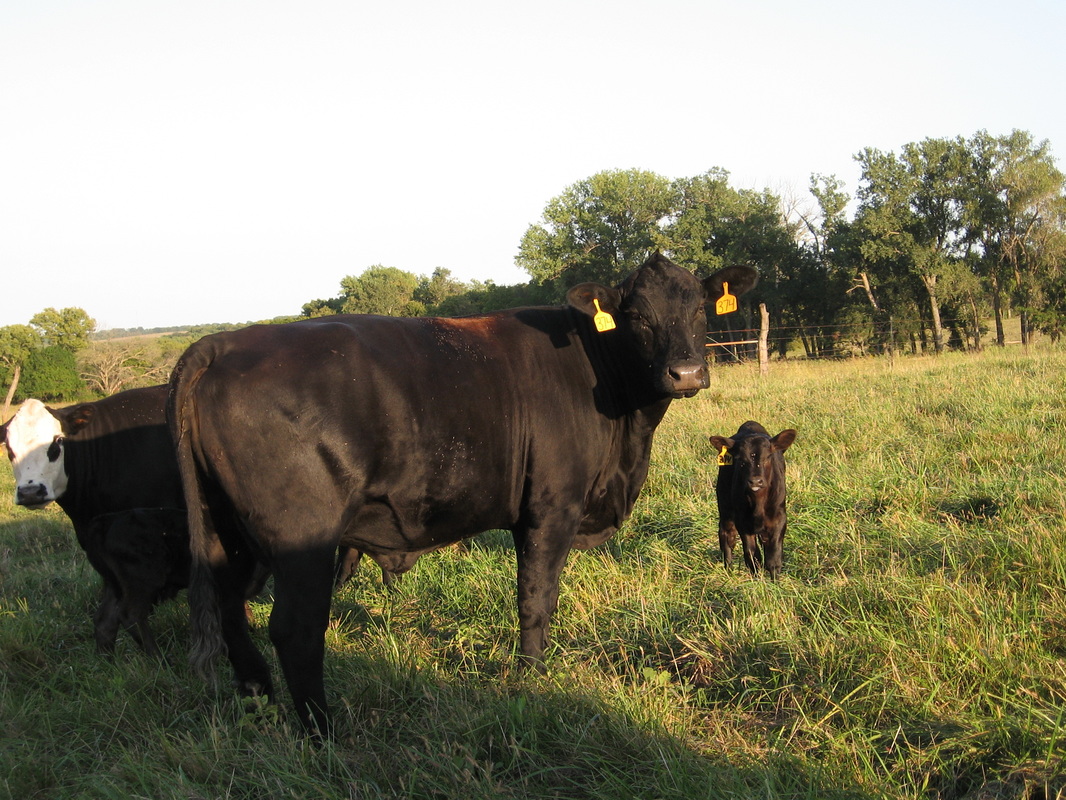
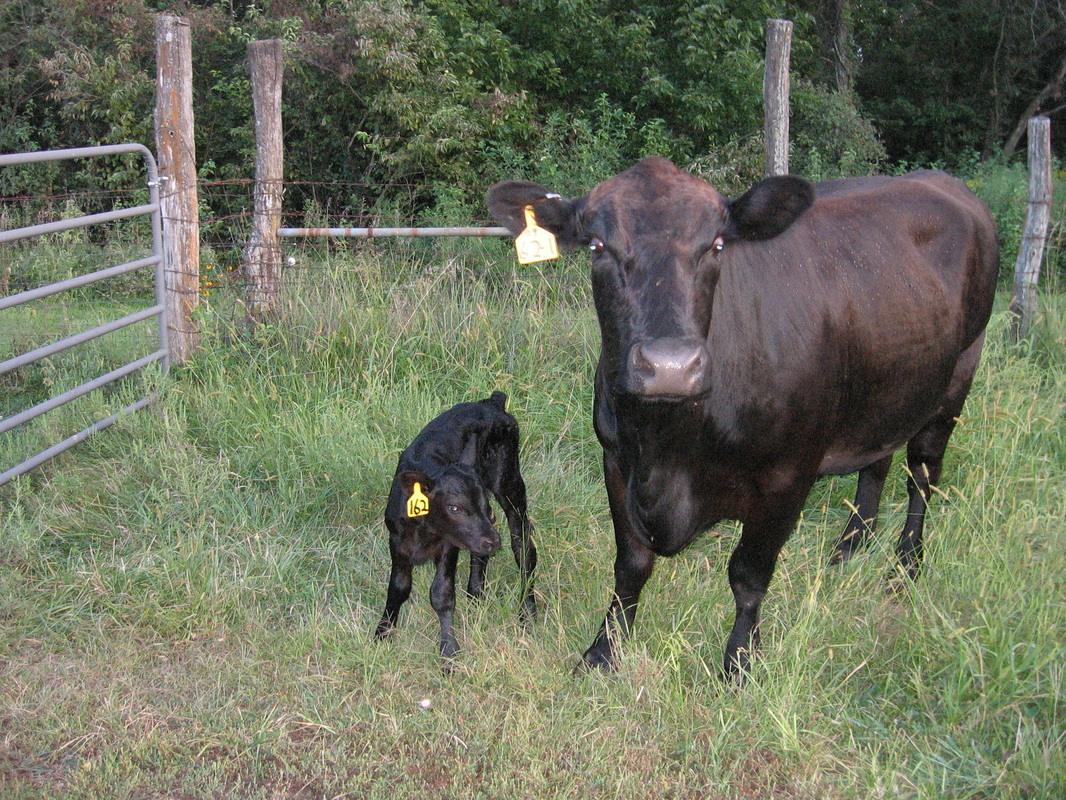
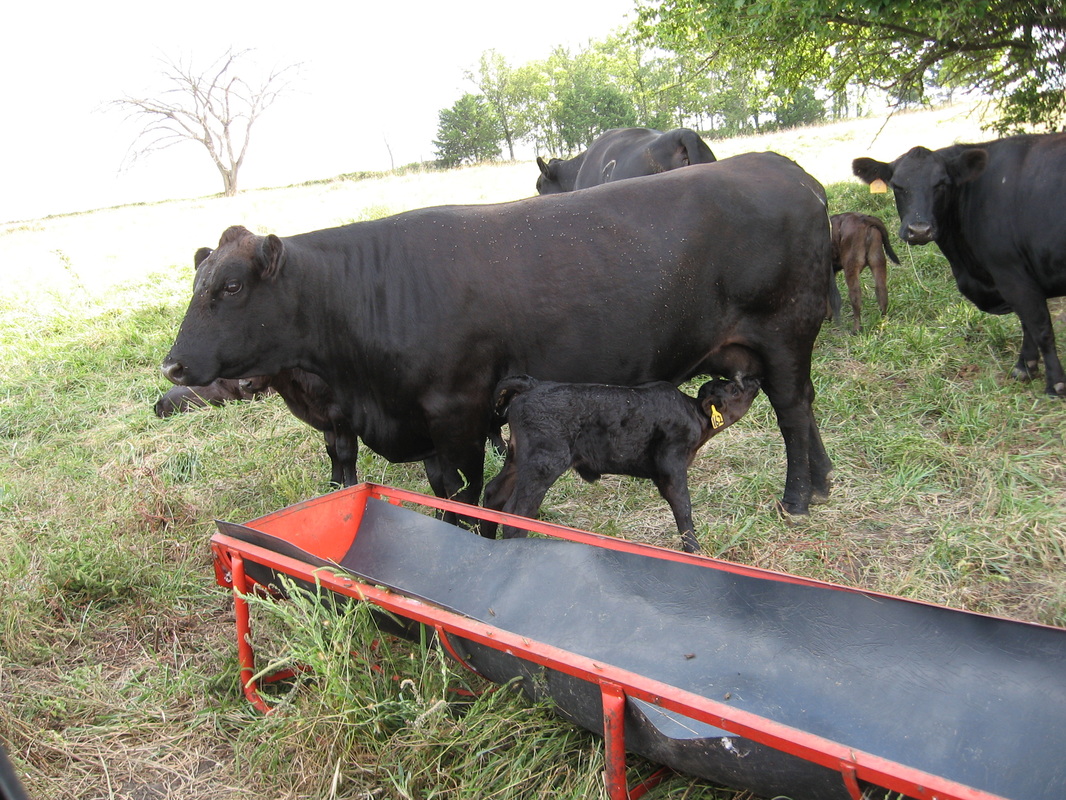
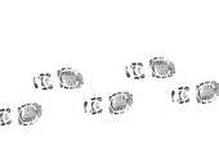
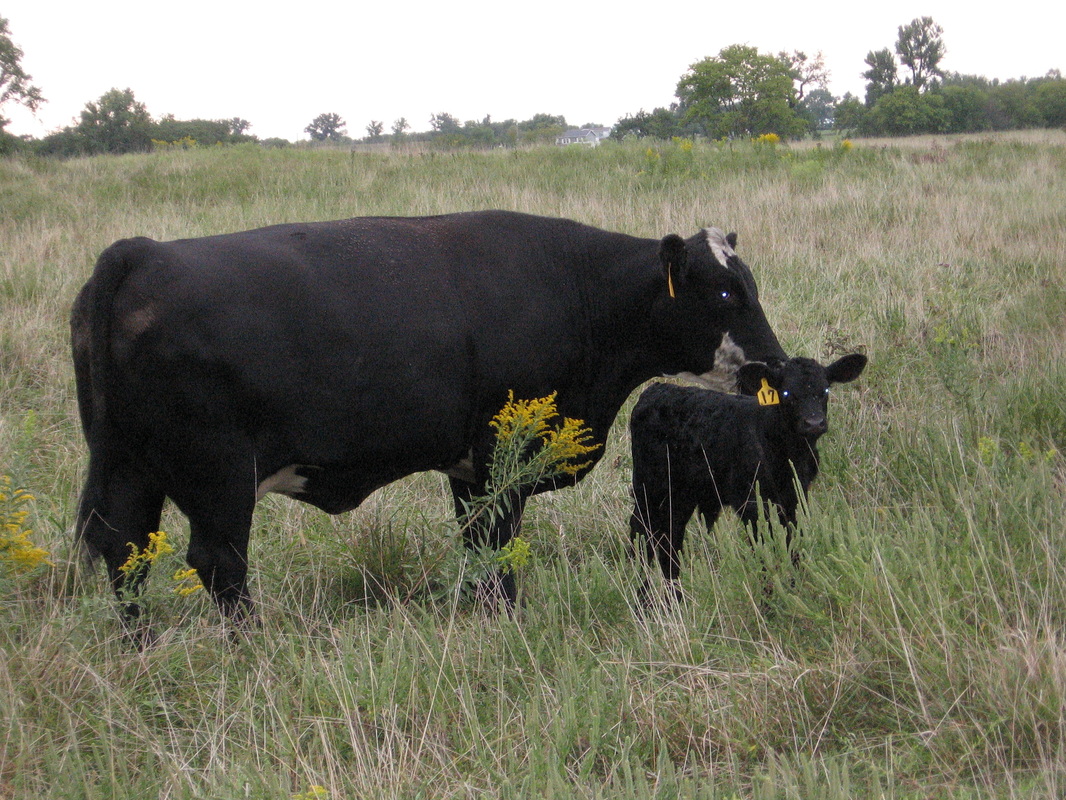
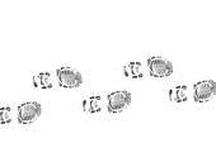
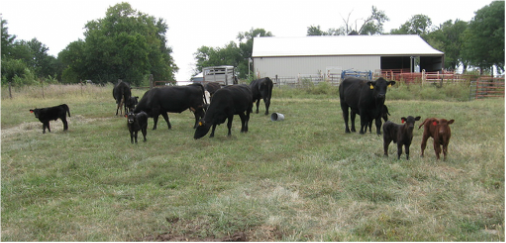
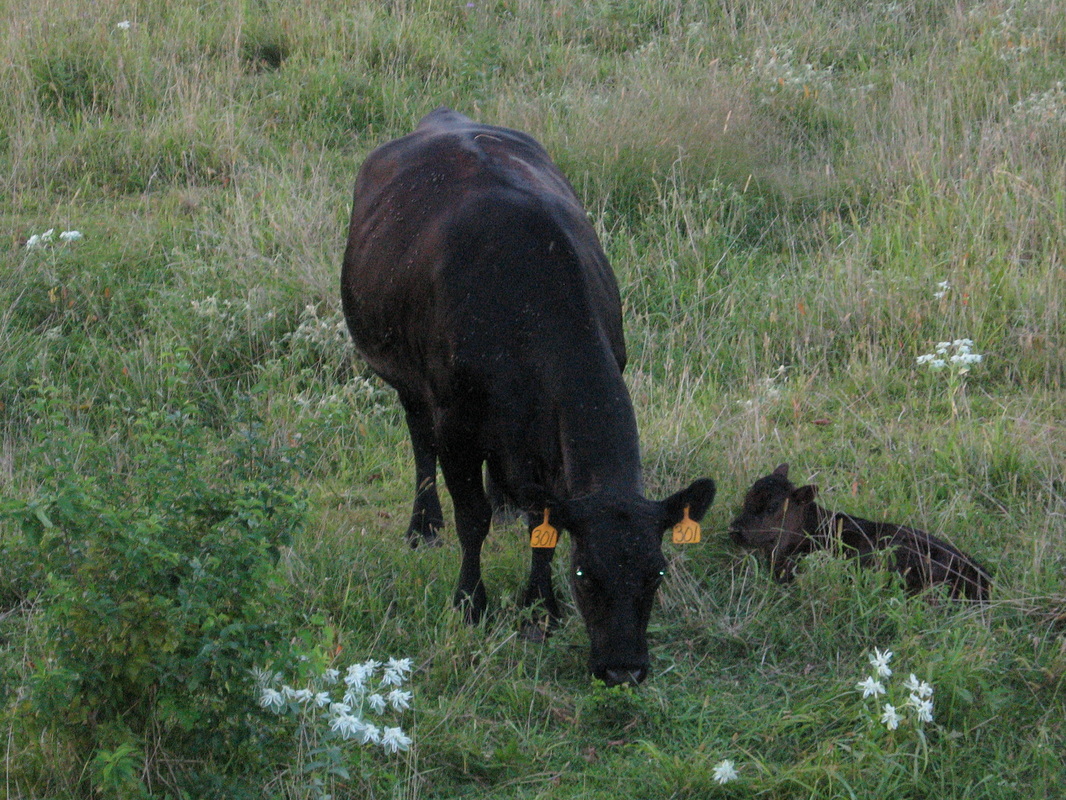
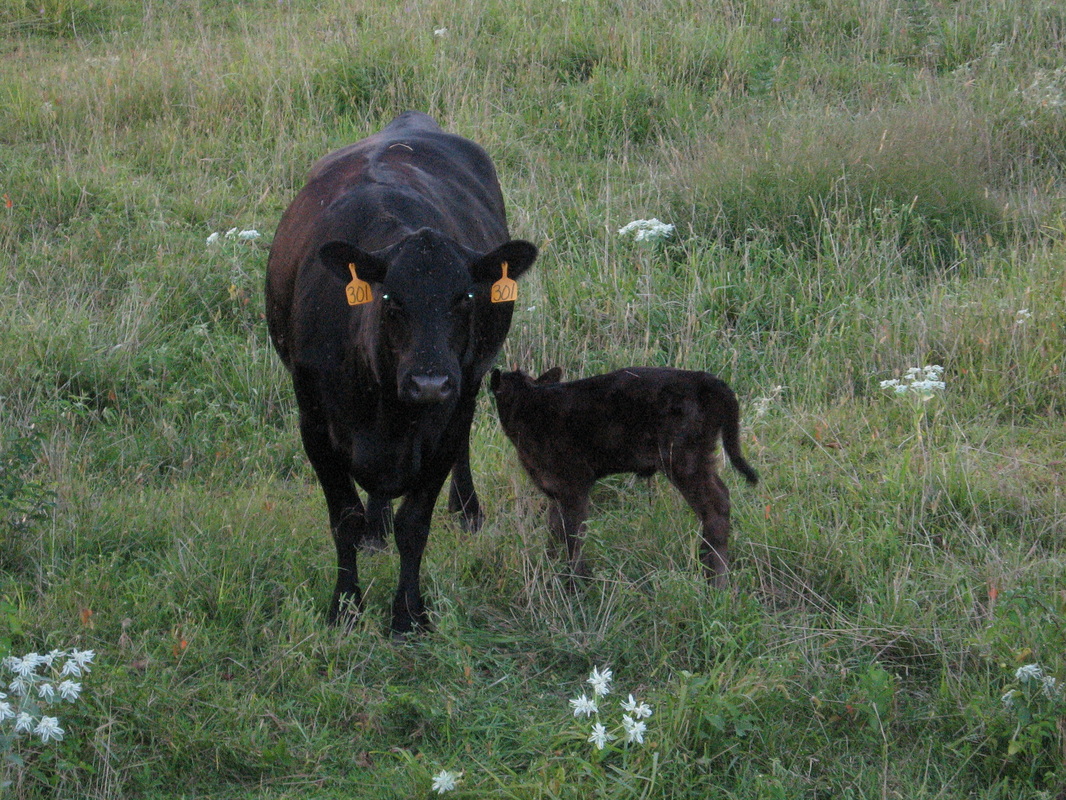
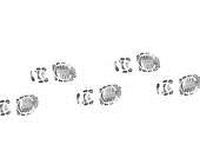
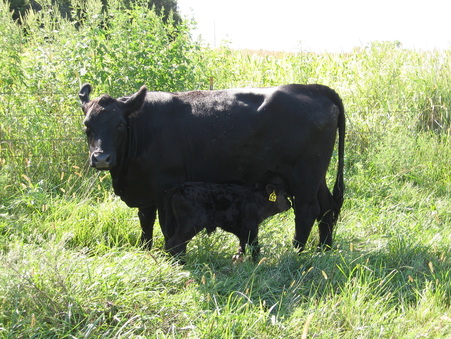
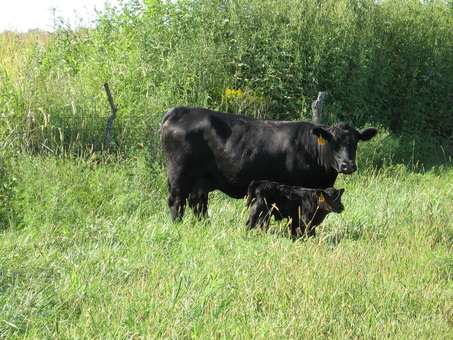
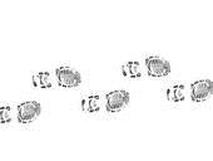
 RSS Feed
RSS Feed